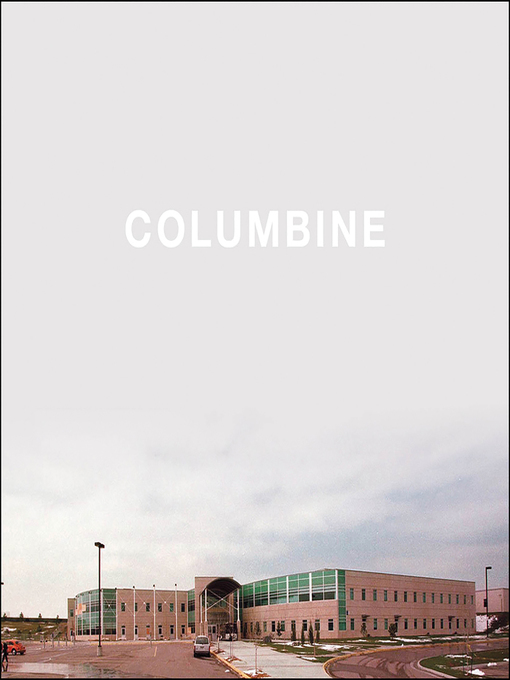"Excellent...amazing how much still comes as a surprise." —New York Times Book Review
"Like Capote's In Cold Blood, this tour de force gets below the who and the what of a horrifying incident to lay bare the devastating why." —People
"A staggering work of journalism." Washington Post
Ten years in the works, a masterpiece of reportage, this is the definitive account of the Columbine massacre, its aftermath, and its significance, from the acclaimed journalist who followed the story from the outset.In his accounting of the Columbine Massacre, Dave Cullen takes listeners from the origins of the event to its terrible culmination and aftermath, drawing on nine years of painstaking journalistic research. Over the course of this gripping narrative, the author approaches his subjects with unrivaled care and insight: debunking myths, supplying crucial missing details, and getting at the heart of Columbine's significance. What emerges is an indelible portrait of the killers, the victims, and the community that suffered one of the greatest— and most socially and historically important— shooting tragedies of the 20th century.





